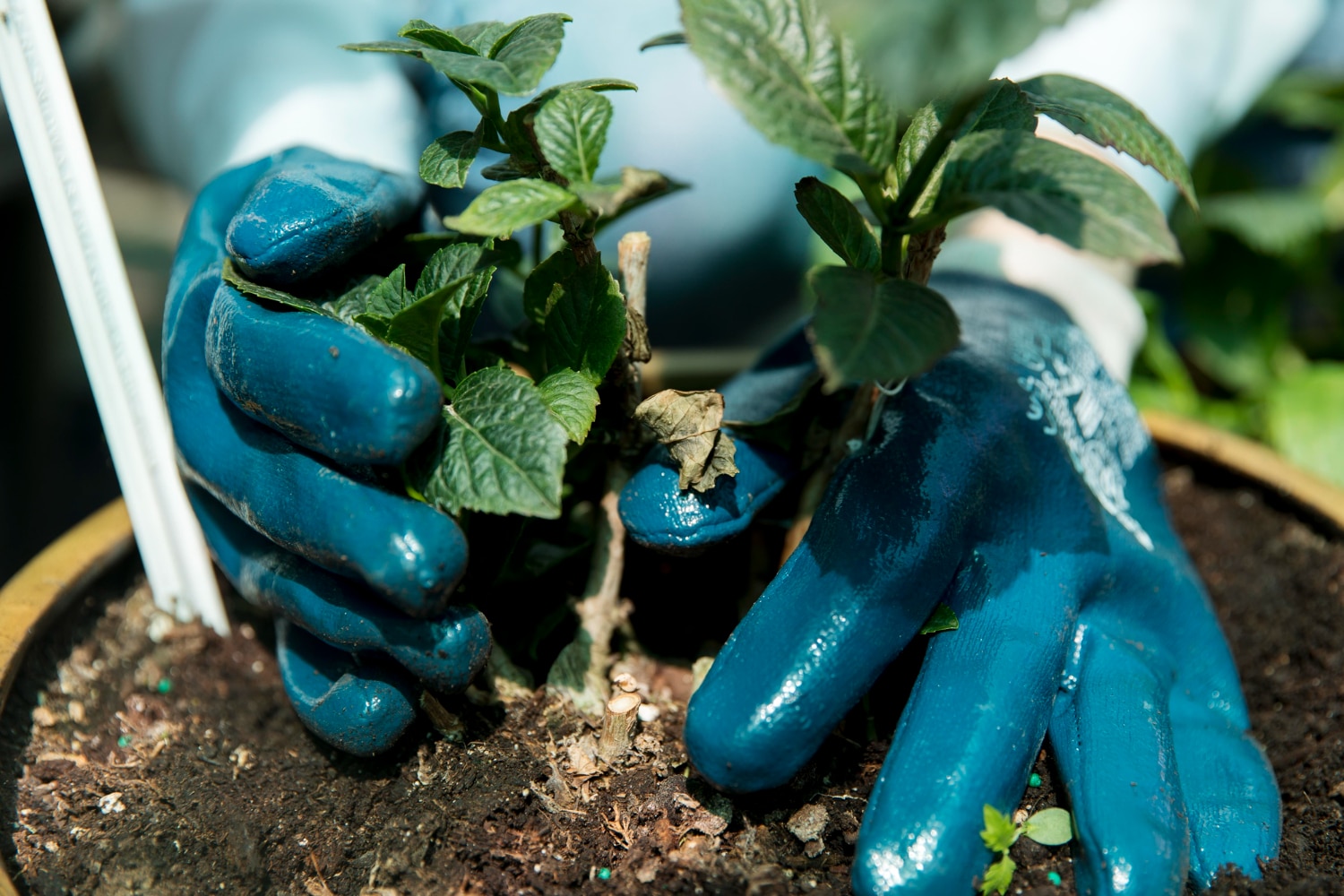How to Treat Soil Compaction Without Renting Equipment
By Innovation Grounds
Soil compaction is a common challenge for gardeners, homeowners, and small-scale farmers. Compacted soil restricts root growth, limits water infiltration, and reduces oxygen availability—ultimately stunting plant health and reducing crop yield. The good news? You don’t need heavy machinery or to rent expensive aerators to fix it. In this guide, we’ll explore how to treat soil compaction without renting equipment, using simple tools and organic practices.
What Causes Soil Compaction?
Before diving into solutions, it’s helpful to understand what leads to soil compaction. The primary causes include:
Foot traffic or machinery on the soil surface.
Heavy rainfall on bare soil.
Poor organic matter content and lack of soil life.
When soil particles are pressed together tightly, they lose the pore spaces needed for air and water movement. This results in a hard, dense soil that roots struggle to penetrate.

Signs Your Soil is Compacted
Not sure if your soil is compacted? Here are some common signs:
Water pools on the surface after rain.
Grass or plants appear stunted or yellowing.
Difficulty pushing a trowel or shovel into the ground.
Roots grow sideways instead of downwards.
If you recognize these symptoms, it’s time to take action.
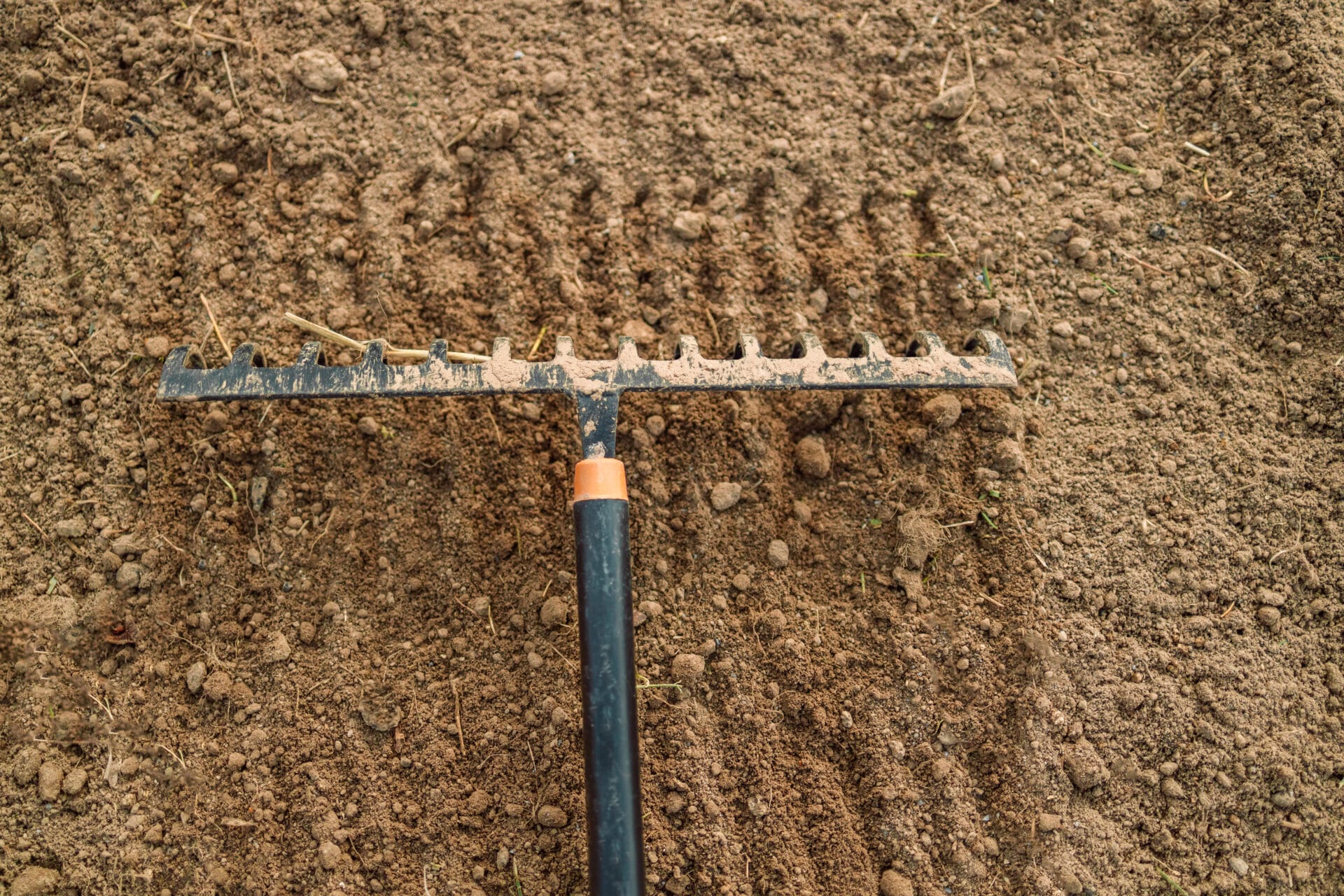
How to Treat Soil Compaction Without Equipment
You don’t need a mechanical aerator or tiller to improve your soil. Here are cost-effective, DIY methods you can start using today.
Use a Garden Fork for Manual Aeration
One of the simplest tools for aerating compacted soil is a garden fork or digging fork. Here’s how to use it:
Insert the fork into the soil to a depth of 6–8 inches.
Gently rock it back and forth to loosen the soil.
Repeat every few inches across the compacted area.
This method improves air and water flow without disrupting soil structure like rototilling can.
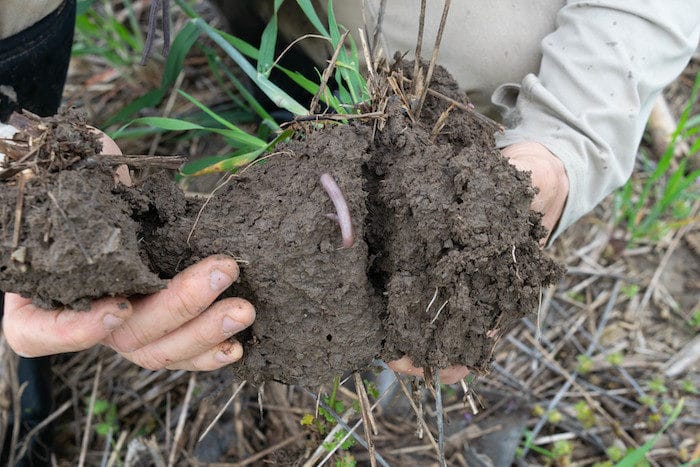
Top-Dress with Organic Matter
Organic matter is a long-term solution to compaction. Add a layer of compost, leaf mold, or aged manure about 2–3 inches thick on the surface of your soil. Earthworms and microorganisms will naturally incorporate it into the soil, improving texture and drainage over time.
You can also grow cover crops like clover or buckwheat, which help break up compacted layers with their roots.
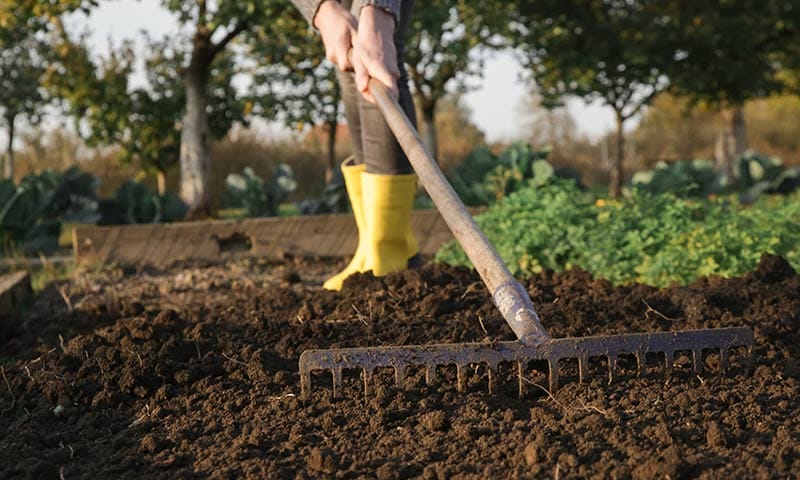
Mulch to Prevent Re-Compaction
Mulching does more than retain moisture—it also protects the soil surface from being compacted by rain and foot traffic. Use straw, wood chips, or shredded leaves to create a soft barrier that encourages healthy microbial activity and worm presence.
Apply mulch about 2–4 inches thick, avoiding direct contact with plant stems.

Avoid Walking on Wet Soil
One of the easiest ways to prevent soil compaction is simply to stay off the soil when it’s wet. Wet soil compresses more easily, especially under pressure from walking or working.
Create dedicated paths or stepping stones in your garden to reduce pressure on growing areas.
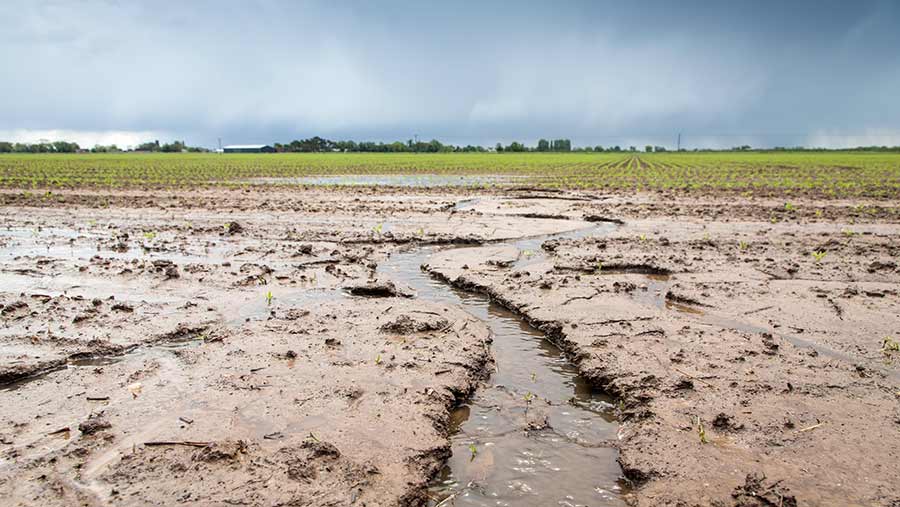
Grow Deep-Rooted Plants
Certain plants are natural soil busters. Their deep roots penetrate hardpan layers and loosen compacted soil as they grow. Some great choices include:
Daikon radish (also known as tillage radish)
Sunflowers
Comfrey
Once these plants die off or are cut back, their decaying roots leave channels that improve water and air flow.
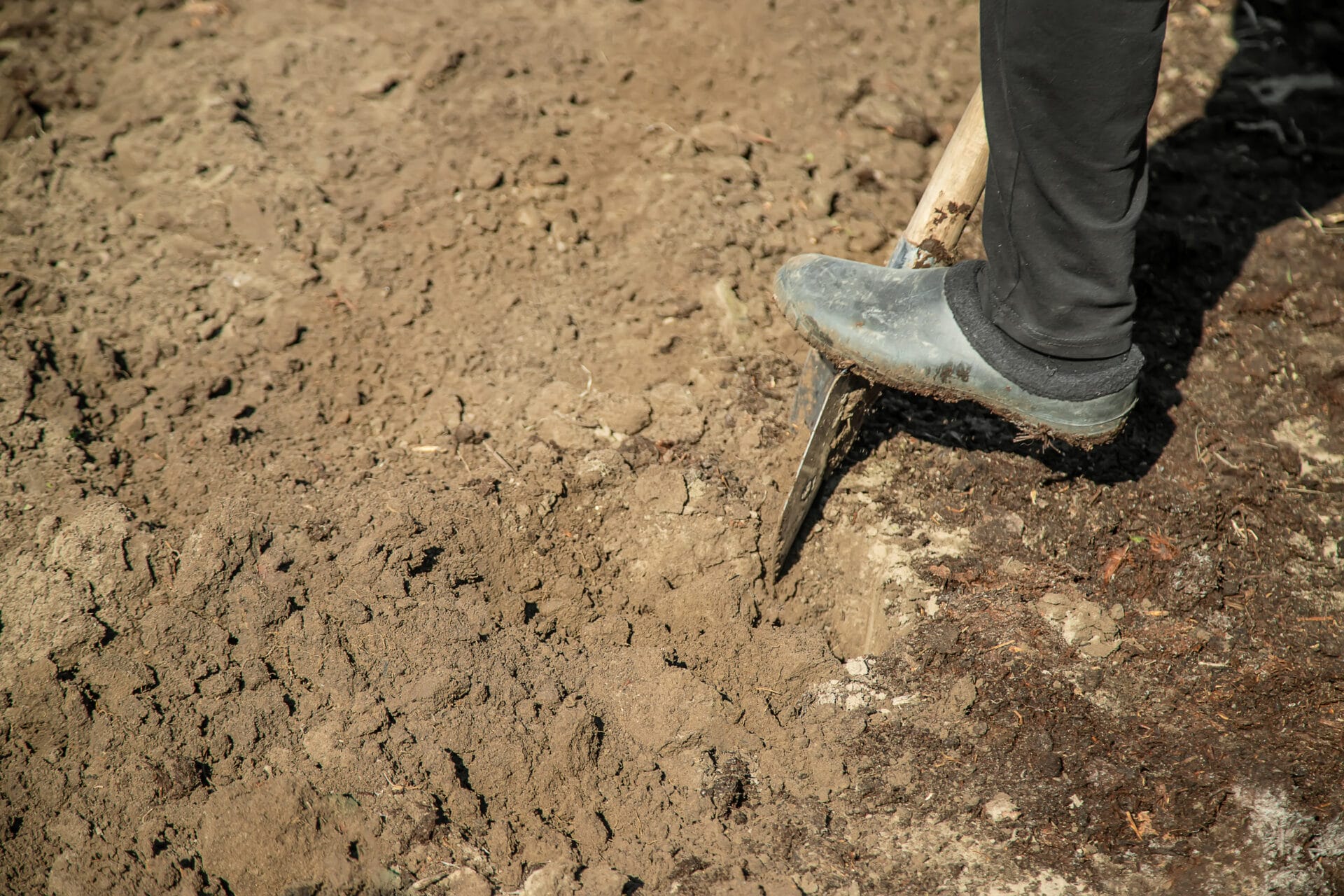
Encourage Earthworm Activity
Earthworms are nature’s tillers. They break up soil as they tunnel, increasing aeration and water infiltration. To attract them:
Keep your soil moist (but not soggy).
Add organic mulch or compost.
Avoid synthetic fertilizers and pesticides.
A healthy worm population can transform hard, compacted soil into rich, friable earth over time.
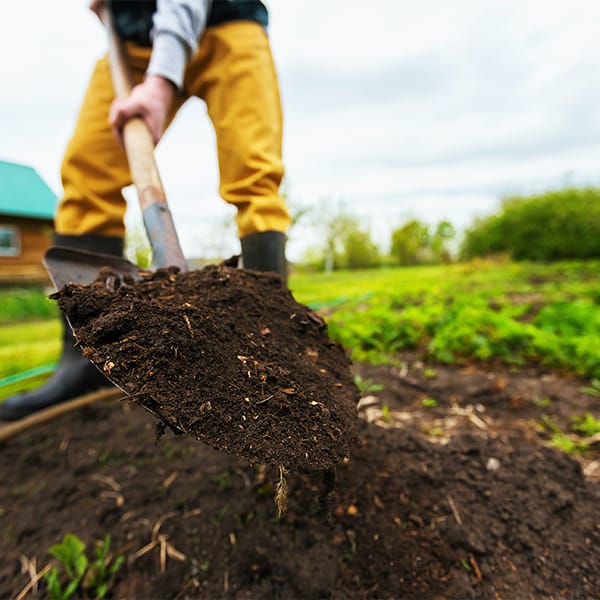
Consistency is Key
It’s important to remember that soil structure doesn’t change overnight. Natural soil improvement is a gradual process, but one that leads to more sustainable and long-lasting results than heavy mechanical intervention.
By regularly adding organic matter, avoiding soil compaction practices, and promoting natural biological activity, your soil will become looser, healthier, and more productive.
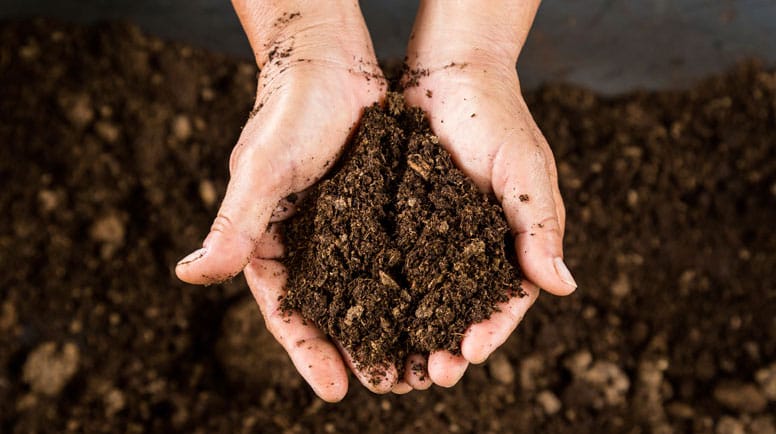
Final Thoughts
Learning how to treat soil compaction without renting equipment empowers you to restore your soil’s health affordably and sustainably. With patience and the right practices—like manual aeration, mulching, and growing deep-rooted plants—you can bring your garden or landscape back to life without relying on machinery.
These eco-friendly methods not only save money but also improve long-term soil structure, leading to healthier plants and better yields.
